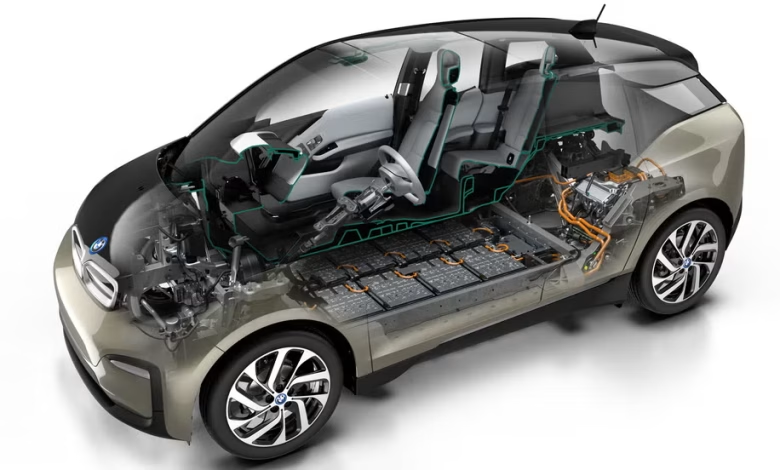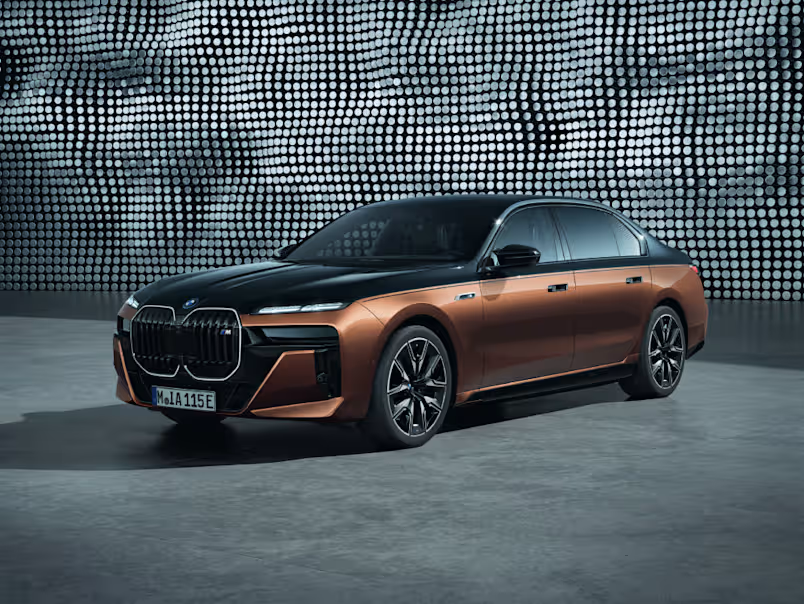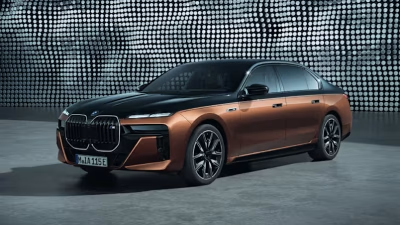
The Heart of EVs
Electric vehicles (EVs) are redefining how we move, and at the heart of this revolution lies a silent but powerful force — the battery. While it might sound simple, the battery pack in an electric car is far more complex than the typical AA or AAA battery found in your TV remote. It’s a marvel of engineering, purpose-built to store vast amounts of energy, safely deliver power, and last for years under demanding conditions.
Unlike household batteries, EV batteries are made from hundreds (sometimes thousands) of lithium-ion cells. These cells are connected together into modules, and several modules form a battery pack. Together, they provide the voltage and capacity needed to move a heavy vehicle over long distances, sometimes more than 500 kilometers on a single charge.
Each cell is a mini energy factory, using controlled chemical reactions to store and release electricity. Lithium-ion is the preferred technology because it offers the best balance between energy density (how much power it can store), weight, lifespan, and recharge time. These batteries must withstand not only long usage cycles but also extreme temperatures, fast-charging, and safety requirements.
Thermal management plays a big role in EV battery performance. Battery packs are equipped with sophisticated cooling (and sometimes heating) systems that keep temperatures in check. This helps preserve battery life and ensures the car performs consistently in different weather conditions. When it’s too hot or too cold, the system adapts to protect the cells from damage.
Another key feature is the battery management system (BMS). Think of it as the brain of the battery — it monitors voltage, temperature, charge level, and health of each cell. The BMS ensures energy is distributed evenly and safely, preventing overcharging, overheating, or deep discharging, which could all shorten the battery’s life.
Over time, even the best EV batteries lose capacity — a process called degradation. However, most modern batteries are designed to retain about 70–80% of their original capacity even after 8 to 10 years of use. Automakers typically offer warranties to cover this period, and when batteries do reach end-of-life, they can be reused in stationary storage or recycled for raw materials.
Charging is another important piece of the puzzle. EV batteries can be recharged via Level 1 (standard wall outlet), Level 2 (faster home or public charger), or DC fast chargers. Charging speed depends on the battery’s capacity, the type of charger, and how much power is left. Smart charging technology also helps balance energy use and protect the battery during recharges.
As EV technology evolves, battery development continues at full throttle. New chemistries like solid-state batteries promise even greater energy density, faster charging, and improved safety. But for now, lithium-ion remains king.
In simple terms, the battery is the lifeblood of an electric vehicle — complex, powerful, and carefully designed. It’s the quiet hero behind the wheel, fueling a cleaner, smarter future on the road.







